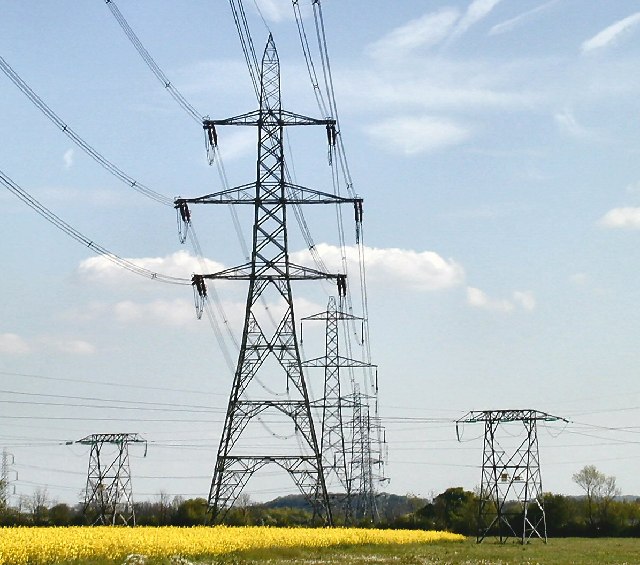By: EDF Associate Vice President for Clean Energy, Cheryl Roberto, with EDF Senior Director of Clean Energy Collaboration Diane Munns and legal fellow Peter Heisler
The U.S. Environmental Protection Agency’s (EPA) new Clean Power Plan will empower states to design customized, cost-effective programs to reduce climate-destabilizing pollution while ensuring continued electric system reliability.
States will be able to deploy flexible compliance mechanisms such as:
- renewable energy
- demand-side energy efficiency
- shifts in utilization away from higher-emitting and towards lower-emitting generation sources
- measures at specific plants to secure reductions in carbon pollution
And states will be able to do all of this while designing their compliance plans to make sure that generation resources are fully sufficient to ensure reliability. Read More















